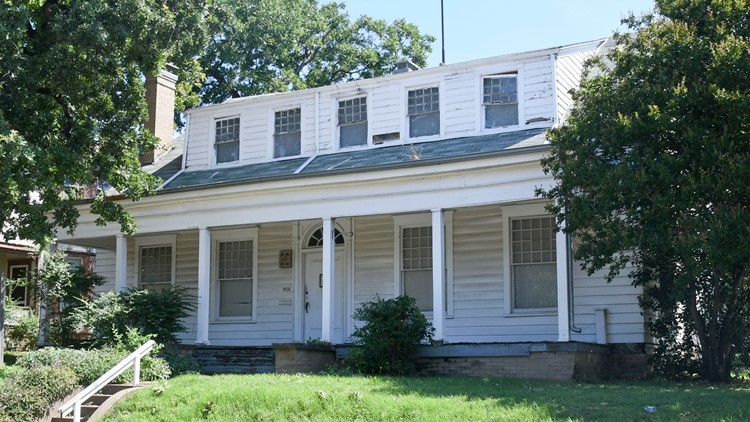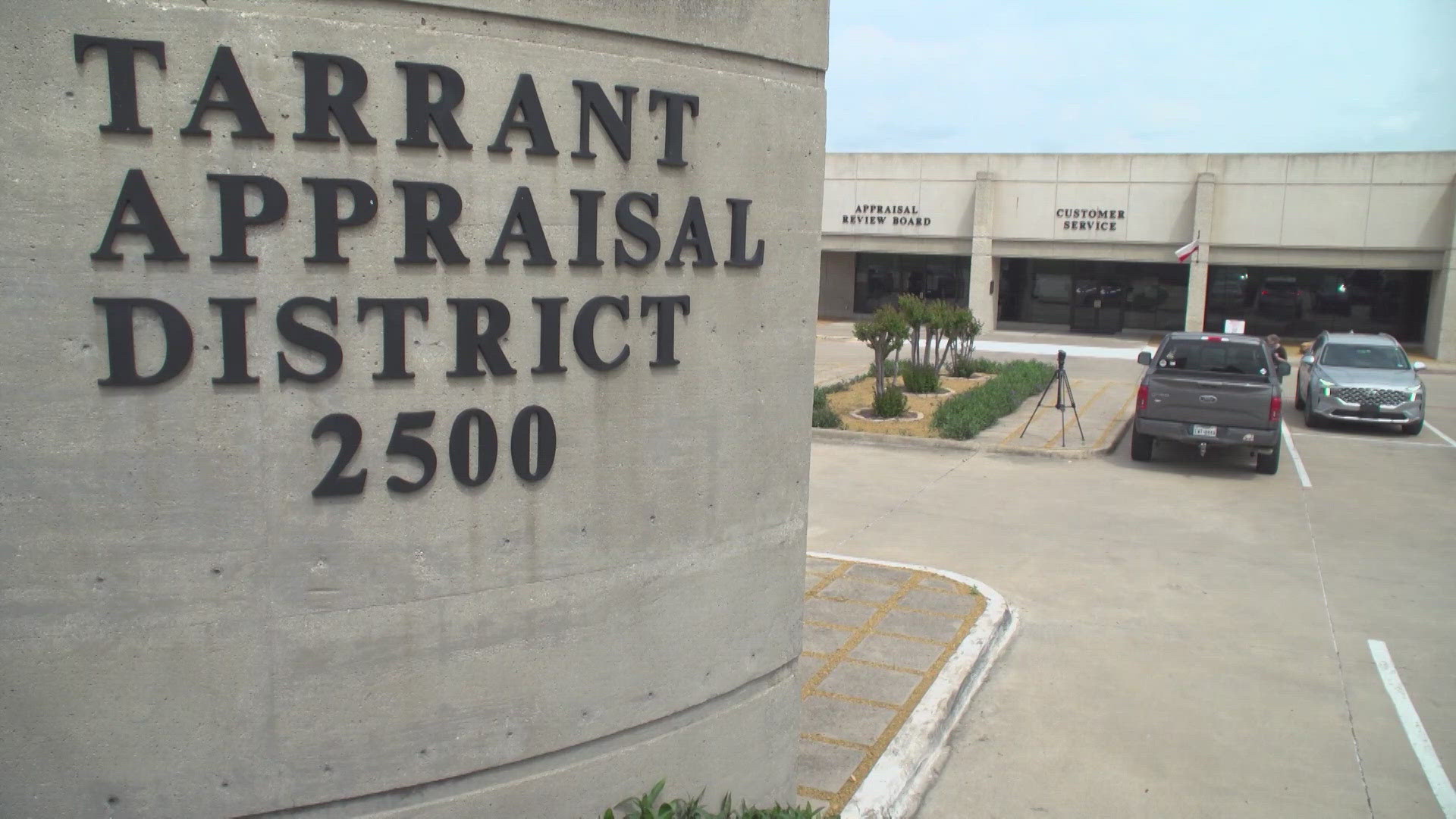Tucked in a lush pocket of Dallas’ Cedars district is one of the neighborhood’s last standing vestiges from a bygone era – a white, two-story home with a spacious porch and crumbling roof.
For the past decade, the decaying and dust-choked house has served as a storage unit for the Dallas Heritage Museum’s leftover antiques, but a new plan is in motion to save the 100-year-old historic home from demolition by converting it into a coworking space.
The Dallas City Council approved a development agreement Wednesday to allocate up to $650,000 from the Cedars Tax Increment Finance District Funds to support the restoration of the house as well as another historic home next to it.
Melissa Prycer, president and executive director of Dallas Heritage Village, said the house was used for administrative offices for decades until the 1990s when issues with the roof and plumbing mounted and the museum staff thinned. Since then, it has been used as storage space while falling further into disrepair.
The home, like all of the buildings at Dallas Heritage Village, is owned by the City of Dallas. While the city is responsible for the repair and upkeep of the buildings, budget constraints have prevented necessary restoration.
Prycer and her staff saw coworking as a creative way to fund the costly historic preservation for the house and add another source of revenue while also addressing a growing need in the surrounding Cedars neighborhood.
The area is evolving quickly in the midst of new development, resulting in some small businesses, and especially artists, getting priced out of the neighborhood.
Prycer said she plans to charge 20 to 30 percent below market rate for the small offices that will be converted from the home’s sunny sitting rooms and bedrooms.
The house, which was purchased by the City of Dallas in the 1980 with funds from the 1978 bond package, was one in a string of houses along Park Avenue that once surrounded Old City Park.
Mature oak trees conceal most of the downtown skyline less than a mile north of the property, but the roar of Interstate 30 serves as a reminder of the development that continues to pervade the area around the park.
Preserving the house means preserving the history of Dallas’ first suburb, a part of town that was once an amalgam of high-end Victorian homes and modest boarding houses.
“We already wanted to save the house, but now with the way the Cedars is changing, we really need to save this house because it’s a glimpse of what this neighborhood once was,” Prycer said.
For a longer version of this story, click here.



